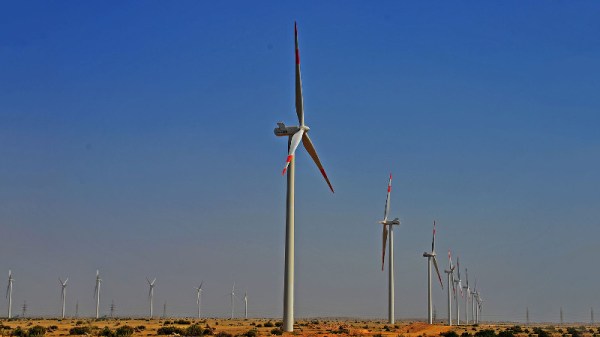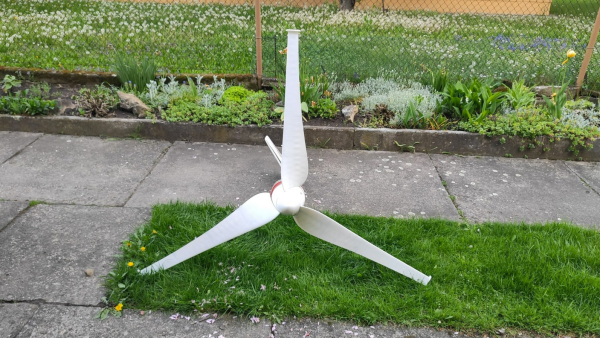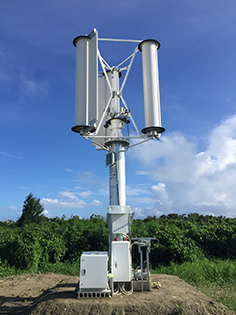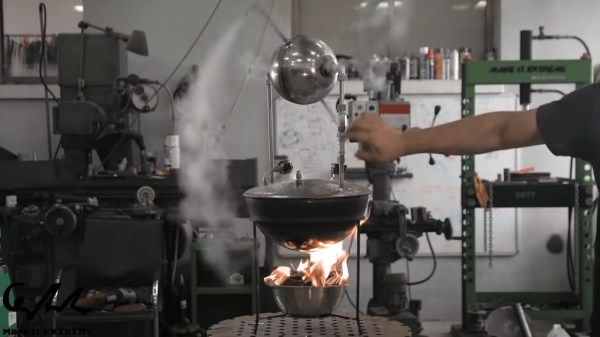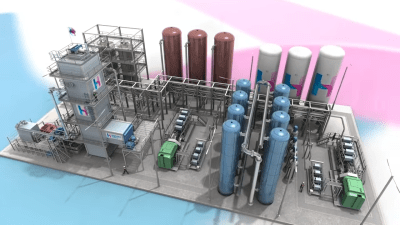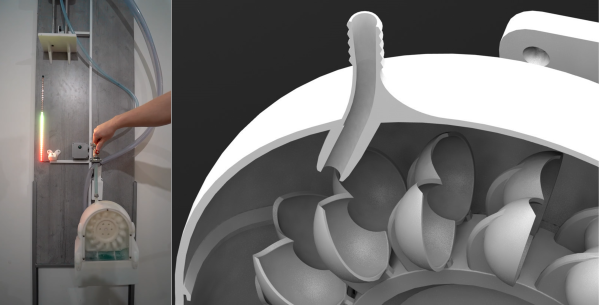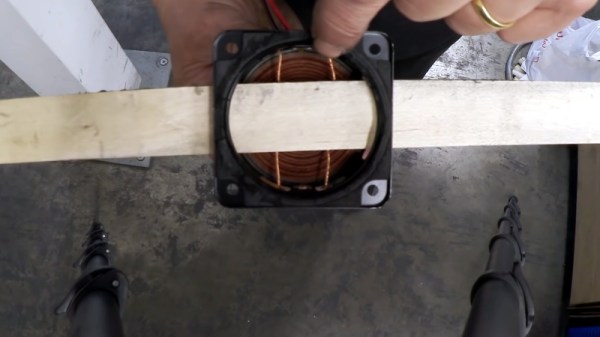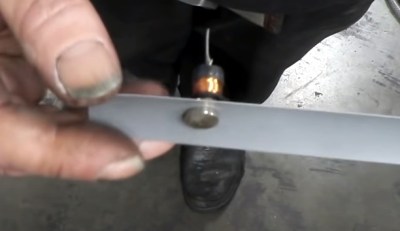Wind turbines are a fantastic, cheap, renewable source of energy. However, nothing lasts forever, and over time, the blades of wind turbines fatigue and must be replaced. This then raises the question of what to do with these giant waste blades. Thankfully, a variety of projects are exploring just those possibilities.
A Difficult Recycling Problem
Around 85% of a modern wind turbine is recyclable. The problem is that wind turbine blades currently aren’t. The blades last around 20 to 25 years, and are typically made of fiberglass or carbon fiber. Consisting of high-strength fibers set in a resin matrix, these composite materials are incredibly difficult to recycle, as we’ve discussed previously. Unlike metals or plastics, they can’t just be melted down to be recast as fresh material. Couple this with the fact that wind turbine blades are huge, often spanning up to 300 feet long, and the problem gets harder. They’re difficult and expensive to transport and tough to chop up as well.
Continue reading “Can We Repurpose Old Wind Turbine Blades?”

